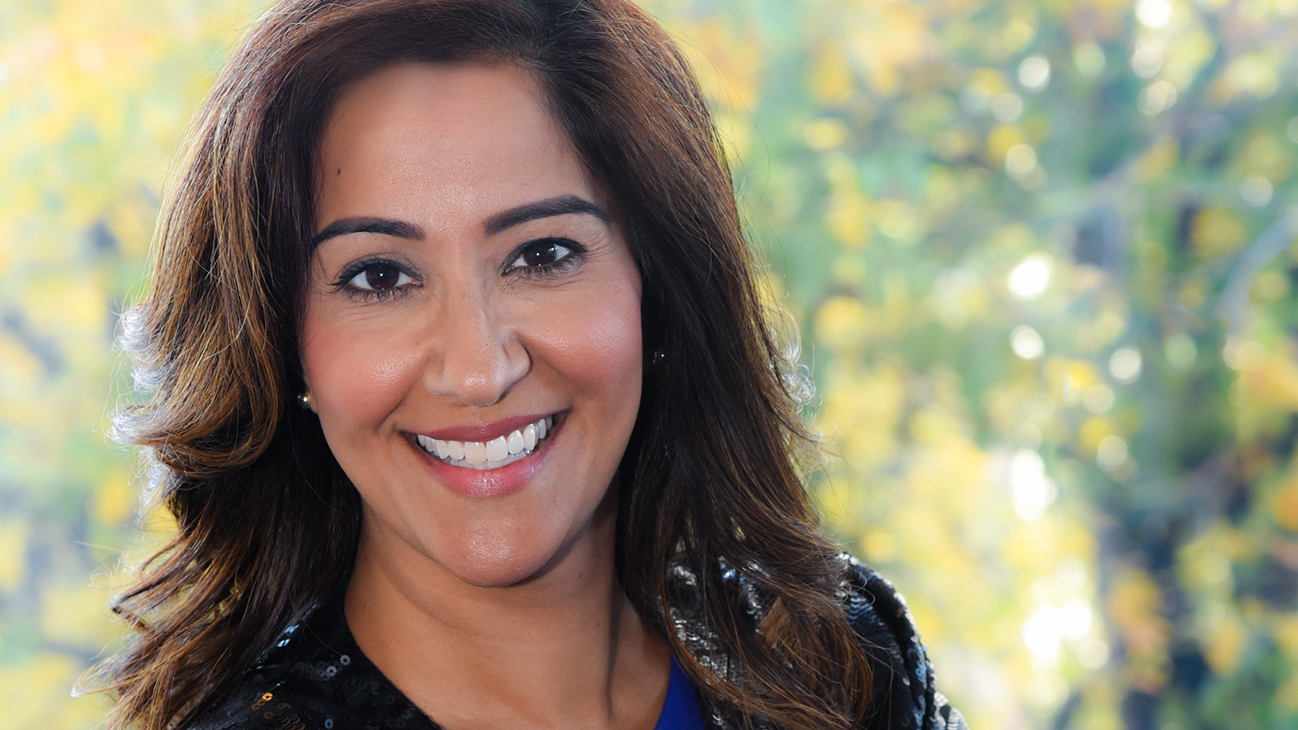With many families finishing up their first week of online classes, and the novelty of being at home likely wearing off, kids are really being confronted with the new reality COVID-19 has created. And, in our socially isolated situations, it can be difficult for parents to hide the ongoing waves of stress and anxiety they may be feeling right now as a result of this difficult time.
Dr. Shimi Kang, an award-winning Harvard-trained physician and founder of Dolphin KIDS: Future-Ready Leaders, joined CBC Vancouver to answer parent’s questions on how best to speak to their kids about the pandemic, and how to help them adjust to their new living situations so that everyone can maintain their sanity.
Create a Schedule
Kids respond to routine, Shimi said. Without school, it’s important to establish a new home routine. This means setting a wake-up time, scheduling breakfast, when to brush their teeth, etc., as well as an evening routine, so they know what to expect every day.
This includes creating a flexible but firm schedule when it comes to their schooling. Some of this may be dictated by the school, of course, but preparing them in advance so they know what their week looks like will help them feel more secure in their new situation.
Make sure you schedule in recess too, Shimi said. Get them outside, whether it’s in the backyard or for a quick walk, to make sure they get some fresh air and sunshine.
Scheduling some time for socializing is also important, Shimi added. Kids benefit from seeing people’s faces. Schedule calls, preferably over video, with family members and their friends so they have a chance to still connect with their community.
Allow for Flexibility Around Screen Time
Many parents have restrictions on screen time that have completely gone out the window now. That’s okay. Shimi says her three kids are definitely spending more time on the screen these days than usual, not only for entertainment but also because technology is a source of connection right now.
What’s important to remember about tech, Shimi said, is that there is good tech and bad tech. The technology we consume impacts our mind just like the food we consume impacts our body. We know that it isn’t healthy to only consume junk food, the same goes for tech.
Bad tech is when we are endlessly scrolling through social media and news outlets or playing games where we zone out. Good tech engages our mind through:
- Creating, such as making music online, drawing, building, coding, etc.
- Caring, such as fitness and health tracking, mindfulness apps, etc.
- Connecting, such as face-to-face time with loved ones.
Limit and monitor the rest, Shimi said, but allow for some flexibility when it comes to the good tech.
This is especially important for a parent’s own well-being. We’re not getting a lot of downtime lately, Shimi said, so use the screen to create these moments for you. While we can’t physically see people these days, we can virtually. Set up virtual playdates to give you a 15-minute break whether it’s with their friends, a neighbour, a grandparent, etc., and offer to return the favour for fellow parents.
Manage Anxiety Through Communication
Kids are resilient, Shimi said, as all humans are. But our anxiety can easily be passed on to them. Right now more than ever, we have to be more mindful and intentional with what we say and where we say it. As best you can, try to speak privately about your own stresses.
This can be difficult as we’re all in the same place. Mistakes happen, and if they do, check in with your child about what they heard. Ask them how they feel about it, Shimi said, and then infuse some hope into the situation. They may hear that you’re worried about your job and money, which directly impacts their safety and security. So, let them know that you are looking for and finding solutions, and, even better, share those solutions with your child.
There are three aspects that we need to remember in order to encourage healthy communication with our kids, especially when it comes to easing anxiety for them.
1) Tell the truth.
Kids are smart, they know what’s going on — they hear conversations, they watch the news, etc. Use appropriate language, but always tell the truth.
2) Be optimistic.
Always share the positives along with the negatives in a situation. For example, the number of people who are recovering or have recovered from coronavirus, the efforts of our healthcare system to take care of us, etc.
3) Give them something to do.
Share ways to take care of themselves in this situation, like washing their hands, wiping the counters, calling their grandparents, etc. Anything that makes them active and gives them power through choice. A “superfood” in these kind of circumstances, Shimi said, is contribution. It makes them feel good while empowering them.
When talking to them about the pandemic, Shimi added, use analogies or metaphors to help them better understand the situation by relating it to something they are familiar with. For example, COVID-19 is like the flu, something they have probably experienced themselves. It has similar symptoms, and, like the flu, most people get better from it.
For younger kids, try to engage play in the conversation because that’s their language. For example, have them draw their feelings. For older kids, ask them open-ended questions to learn what they know about the situation, and to ensure they have the right information, while also helping them discover for themselves how they are feeling.
An award-winning medical doctor, researcher, and expert on the neuroscience of innovation, leadership, and motivation, Dr. Shimi Kang draws on 20+ years of clinical experience to provide science-based solutions for health, happiness, and achievement in the workplace, classroom, and at home.
Kang is the author of The Self-Motivated Kid, and the critically acclaimed The Dolphin Parent: A Guide to Raising Healthy, Happy, and Self-Motivated Kids, which is a #1 Canadian bestseller and won the 2015 US News International Book Award. Her upcoming book, The Tech Solution, provides neuroscience-based strategies to optimize technology’s incredible benefits while minimizing its many drawbacks.




